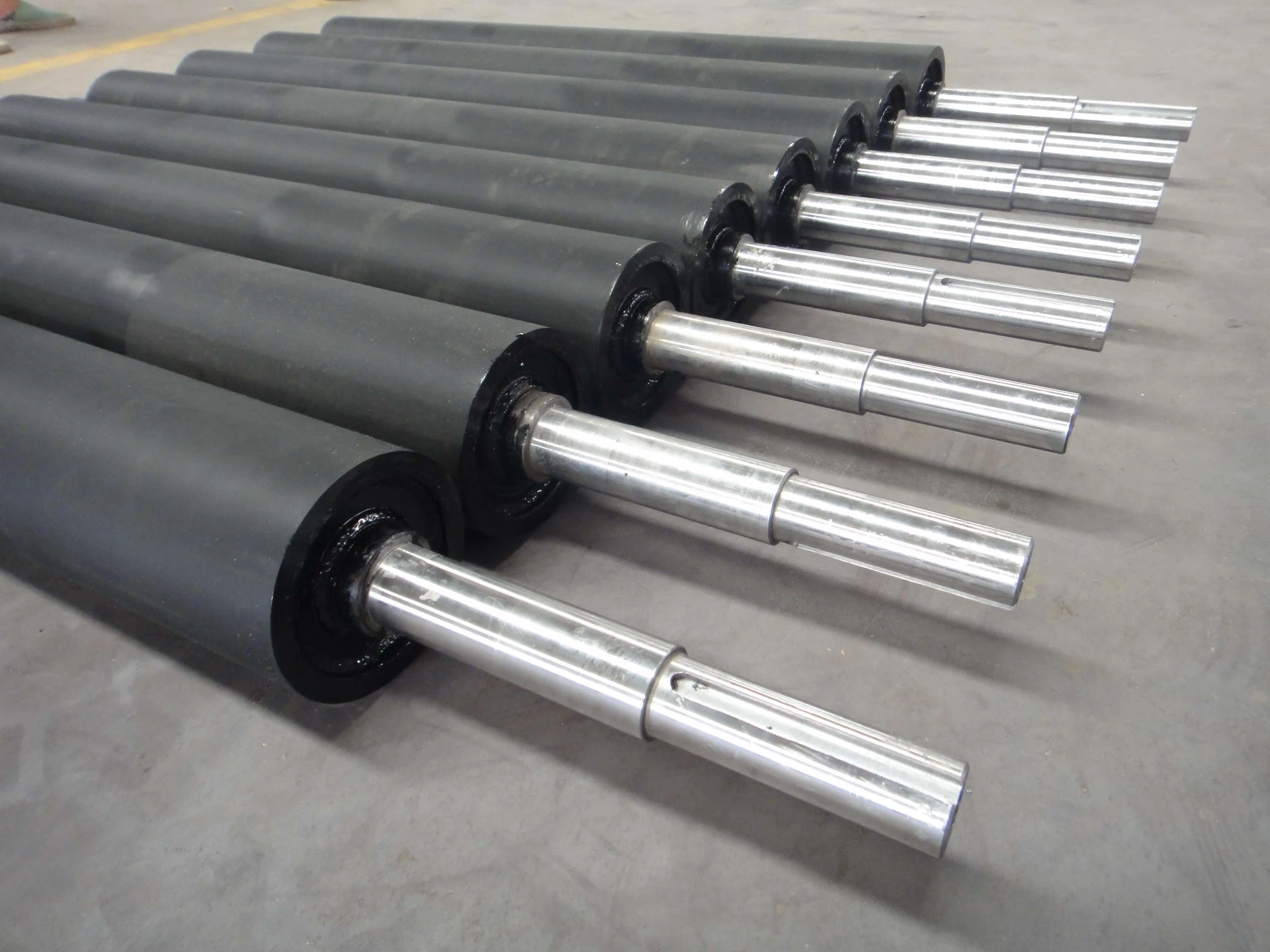 Afrikaans
Afrikaans  Albanian
Albanian  Amharic
Amharic  Arabic
Arabic  Armenian
Armenian  Azerbaijani
Azerbaijani  Basque
Basque  Belarusian
Belarusian  Bengali
Bengali  Bosnian
Bosnian  Bulgarian
Bulgarian  Catalan
Catalan  Cebuano
Cebuano  Corsican
Corsican  Croatian
Croatian  Czech
Czech  Danish
Danish  Dutch
Dutch  English
English  Esperanto
Esperanto  Estonian
Estonian  Finnish
Finnish  French
French  Frisian
Frisian  Galician
Galician  Georgian
Georgian  German
German  Greek
Greek  Gujarati
Gujarati  Haitian Creole
Haitian Creole  hausa
hausa  hawaiian
hawaiian  Hebrew
Hebrew  Hindi
Hindi  Miao
Miao  Hungarian
Hungarian  Icelandic
Icelandic  igbo
igbo  Indonesian
Indonesian  irish
irish  Italian
Italian  Japanese
Japanese  Javanese
Javanese  Kannada
Kannada  kazakh
kazakh  Khmer
Khmer  Rwandese
Rwandese  Korean
Korean  Kurdish
Kurdish  Kyrgyz
Kyrgyz  Lao
Lao  Latin
Latin  Latvian
Latvian  Lithuanian
Lithuanian  Luxembourgish
Luxembourgish  Macedonian
Macedonian  Malgashi
Malgashi  Malay
Malay  Malayalam
Malayalam  Maltese
Maltese  Maori
Maori  Marathi
Marathi  Mongolian
Mongolian  Myanmar
Myanmar  Nepali
Nepali  Norwegian
Norwegian  Norwegian
Norwegian  Occitan
Occitan  Pashto
Pashto  Persian
Persian  Polish
Polish  Portuguese
Portuguese  Punjabi
Punjabi  Romanian
Romanian  Russian
Russian  Samoan
Samoan  Scottish Gaelic
Scottish Gaelic  Serbian
Serbian  Sesotho
Sesotho  Shona
Shona  Sindhi
Sindhi  Sinhala
Sinhala  Slovak
Slovak  Slovenian
Slovenian  Somali
Somali  Spanish
Spanish  Sundanese
Sundanese  Swahili
Swahili  Swedish
Swedish  Tagalog
Tagalog  Tajik
Tajik  Tamil
Tamil  Tatar
Tatar  Telugu
Telugu  Thai
Thai  Turkish
Turkish  Turkmen
Turkmen  Ukrainian
Ukrainian  Urdu
Urdu  Uighur
Uighur  Uzbek
Uzbek  Vietnamese
Vietnamese  Welsh
Welsh  Bantu
Bantu  Yiddish
Yiddish  Yoruba
Yoruba  Zulu
Zulu Understanding the Function and Importance of Non-Drive Pulleys in Mechanical Systems
Understanding Non-Drive Pulleys Their Function and Importance in Mechanical Systems
Pulleys are integral components in various mechanical systems, serving crucial roles in the transfer of power, change of direction of forces, and mechanical advantage. Among the different types of pulleys, non-drive pulleys stand out due to their distinct functions and applications. This article explores what non-drive pulleys are, their significance in mechanical systems, and how they enhance the performance of various machinery.
What are Non-Drive Pulleys?
Non-drive pulleys, by definition, are pulleys that do not connect directly to a power source or motor. Unlike drive pulleys, which are actively turned by an engine or motor to transmit power, non-drive pulleys serve primarily as guides for belts, cables, or ropes in mechanical systems. They play a pivotal role in supporting the movement of these components, ensuring smooth transitions and reducing wear and tear.
Functions of Non-Drive Pulleys
The primary functions of non-drive pulleys can be summarized as follows
1. Direction Change One of the most common uses of non-drive pulleys is to change the direction of applied force. For instance, in a block and tackle system, non-drive pulleys allow for the lifting of heavy loads by redirecting the force exerted by a rope or cable.
2. Support and Alignment Non-drive pulleys serve to maintain the tension and alignment of belts and ropes within a system. Proper alignment is crucial for the efficient operation of machinery, as misaligned components can lead to increased friction, decreased efficiency, and potential damage.
3. Reduction of Wear and Tear By guiding belts and cables along specified paths, non-drive pulleys reduce the friction that occurs between moving parts. This reduction in friction minimizes wear and tear on both the pulley itself and the components it works with, thereby extending the overall lifespan of the system.
non-drive pulley

4. Tension Maintenance Non-drive pulleys can also be used to manage tensions within a mechanical system. They help in adjusting the tension of belts, ensuring that they remain tight enough to transmit power effectively without slipping.
Applications of Non-Drive Pulleys
Non-drive pulleys are utilized across a wide range of industries and applications. Some notable examples include
1. Conveyor Systems In industrial settings, non-drive pulleys are commonly found in conveyor systems. They guide belts around corners and turns, maintaining the stability of the transported goods.
2. Elevators In elevators, non-drive pulleys are used to redirect cables that lift the elevator car. They contribute to the smooth operation and safety of the elevator system.
3. Sailing In sailing, non-drive pulleys (often referred to as blocks) help to control the sails. They allow sailors to easily adjust the angle of the sails, optimizing the vessel's performance in various wind conditions.
4. Fitness Equipment Many fitness machines incorporate non-drive pulleys to change the direction of resistance. This design enhances the versatility of the equipment, allowing users to perform a variety of exercises by adjusting the position of the pulleys.
Conclusion
In summary, non-drive pulleys, while often overlooked compared to their drive counterparts, play a foundational role in the functionality of many mechanical systems. From aiding in the transfer of forces to extending the life of machinery through friction reduction, their impact is significant. Understanding the importance of non-drive pulleys can help in the design and maintenance of various systems, ensuring optimal performance across a multitude of industries. Looking forward, as technology advances, the design and application of non-drive pulleys will continue to evolve, further enhancing their effectiveness and efficiency in a rapidly changing technological landscape. Whether in industrial machinery, transportation systems, or everyday appliances, non-drive pulleys remain a testament to the ingenuity of mechanical engineering.
-
Revolutionizing Conveyor Reliability with Advanced Rubber Lagging PulleysNewsJul.22,2025
-
Powering Precision and Durability with Expert Manufacturers of Conveyor ComponentsNewsJul.22,2025
-
Optimizing Conveyor Systems with Advanced Conveyor AccessoriesNewsJul.22,2025
-
Maximize Conveyor Efficiency with Quality Conveyor Idler PulleysNewsJul.22,2025
-
Future-Proof Your Conveyor System with High-Performance Polyurethane RollerNewsJul.22,2025
-
Driving Efficiency Forward with Quality Idlers and RollersNewsJul.22,2025





























